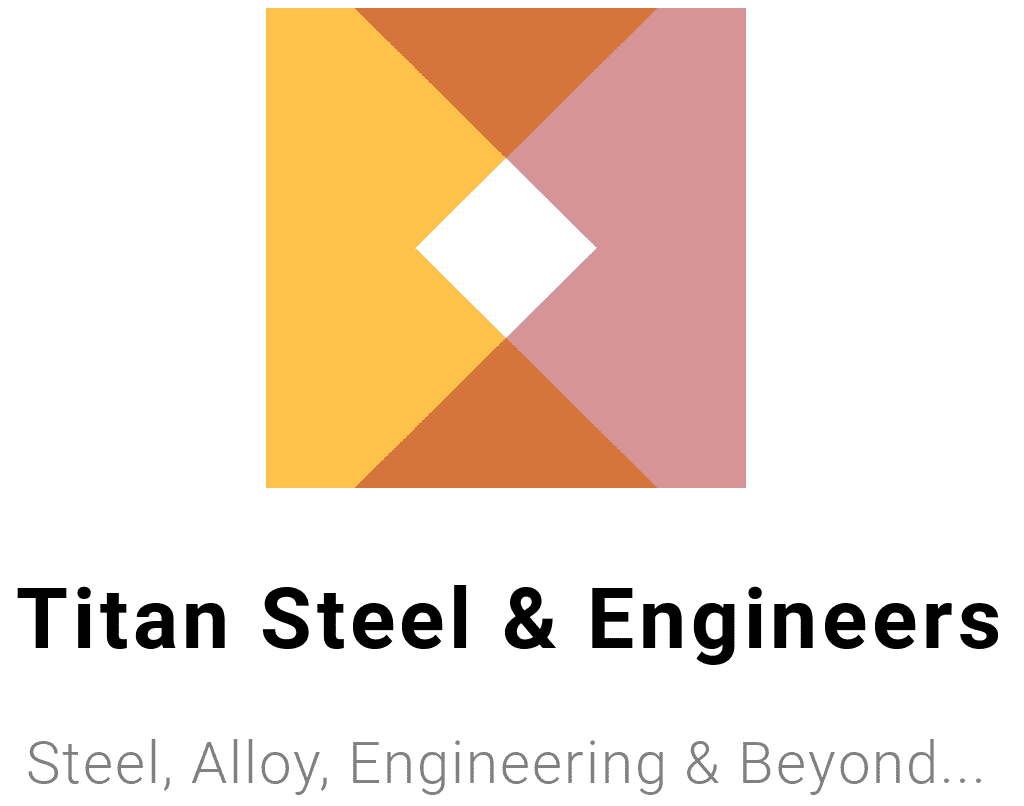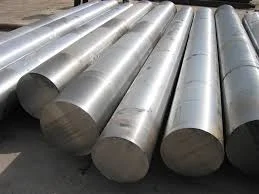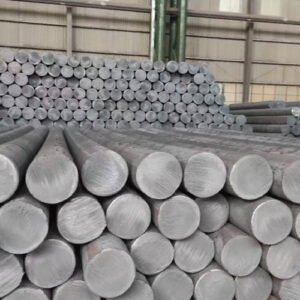Description
C20 Steel is a low-to-medium carbon steel that is highly versatile, offering a balance between strength, toughness, and machinability. With a carbon content of 0.15%-0.25%, C20 steel provides slightly higher strength and hardness than lower-carbon steels (like C10) while still being relatively easy to work with. This grade is frequently used in various industries, including automotive, construction, and machinery, for applications that demand greater strength than the lowest carbon steels without sacrificing too much formability or machinability.
Properties of C20 Steel:
- Carbon Content: 0.15% to 0.25%
- Manganese Content: 0.30% to 0.60%
- Tensile Strength: Approximately 370-440 MPa (54,000-64,000 psi)
- Yield Strength: Around 260 MPa (37,000 psi)
- Brinell Hardness: 120-160 HB
- Elongation: ~20% (good ductility)
- Machinability: Good
- Weldability: Excellent
- Corrosion Resistance: Low (needs protective coating in corrosive environments)
- Formability: Moderate, with a balance between hardness and ductility
C20 steel can be used in various forms, including hot-rolled, cold-rolled, and annealed, depending on the requirements of the specific application. Its carbon level allows it to be heat-treated for better mechanical properties while still maintaining good weldability and machinability.
Grades of C20 Steel:
The various grades of C20 steel are categorized primarily based on the manufacturing process and specific characteristics suitable for certain applications.
| Grade | Description |
|---|---|
| C20 Hot-Rolled Steel | Produced by hot rolling, making it cost-effective but with a rough surface and lower strength compared to cold-rolled steel. Suitable for applications where surface finish is not crucial. |
| C20 Cold-Rolled Steel | Offers improved dimensional precision and surface finish, ideal for applications that require higher strength and tighter tolerances than hot-rolled steel. |
| C20 Annealed Steel | Heat-treated to improve machinability and ductility, making it suitable for further shaping and machining in applications such as parts that require complex geometries. |
| C20 Normalized Steel | Normalizing improves strength and hardness while maintaining good ductility, suitable for parts requiring a moderate increase in mechanical properties without compromising formability. |
Applications of C20 Steel:
| Industry/Field | Applications |
|---|---|
| Automotive | Commonly used for manufacturing engine components, gears, and shafts due to its balance between machinability and strength. |
| Construction | Used for light structural components such as braces, rods, and support beams, where moderate strength and weldability are essential. |
| Machinery | Suitable for manufacturing machine parts like brackets, housings, and connectors that do not require high wear resistance. |
| Agricultural Equipment | Ideal for making agricultural machinery parts like frames, supports, and pins where toughness and flexibility are needed. |
| Tooling | Often used in tools, jigs, and fixtures, where machinability is prioritized over hardness, making it suitable for support parts and low-wear components. |
| Home Appliances | Used in components for appliances, including shafts, rods, and fasteners, where machinability and affordability are key factors. |
| Furniture Manufacturing | Used in the frames and supports for metal furniture, combining moderate strength with good formability for easy bending and shaping. |
| Hardware | Utilized in bolts, nuts, screws, and other small fasteners that require moderate strength and easy manufacturability. |
| Forged Components | Suitable for forged items like flanges, rings, and coupling parts, providing moderate strength with the benefit of easy forming and machining. |
Advantages of C20 Steel:
- Good Machinability: C20 steel is easy to machine, making it an economical choice for manufacturing complex parts that require turning, drilling, milling, and threading.
- Weldability: C20 steel has excellent weldability, making it easy to join parts together without the need for preheating or post-welding treatments.
- Improved Strength: Compared to lower-carbon steels like C10, C20 offers improved tensile strength and hardness, making it suitable for applications requiring moderate strength.
- Ductility and Formability: C20 steel maintains good ductility and can be cold-formed, allowing it to be bent and shaped without breaking.
- Versatile Processing: C20 can be heat-treated to improve its properties further or can be left untreated for more economical applications, providing flexibility in usage.
Limitations of C20 Steel:
- Low Corrosion Resistance: C20 steel is not resistant to corrosion and may require coatings like galvanizing or painting for applications in corrosive environments.
- Moderate Strength Only: Although stronger than C10, C20 steel may not be suitable for high-stress or high-wear applications that require harder, more durable materials.
Comparison with Other Carbon Steels:
| Steel Grade | Comparison with C20 Steel |
|---|---|
| C10 Steel | With a lower carbon content, C10 has less strength and hardness than C20 but is more ductile and easier to shape for applications requiring greater flexibility. |
| C15 Steel | C15 has slightly higher carbon content than C10, offering similar properties to C20 but with slightly lower strength and hardness, suitable for less demanding applications. |
| C45 Steel | With a much higher carbon content (0.42%-0.50%), C45 steel is significantly harder and stronger than C20, suited for applications requiring higher wear resistance. |
| SAE 1018 Steel | With comparable carbon content, SAE 1018 provides a similar balance between strength and machinability but may have slight variations in mechanical properties. |
Heat Treatment and Hardening of C20 Steel:
- Annealing: Softens the steel for better machinability and formability, suitable for components needing further processing.
- Normalizing: Enhances the strength and toughness of C20 steel, making it suitable for applications that require moderate mechanical properties.
- Quenching and Tempering: Although C20 has limited hardenability, it can be quenched and tempered to slightly increase hardness, though it’s typically reserved for steels with higher carbon content.
C20 steel is an economical and versatile material used in applications where moderate strength, good machinability, and weldability are prioritized. Its adaptability and ease of processing make it ideal for a range of industries, from automotive and construction to machinery and hardware production.






